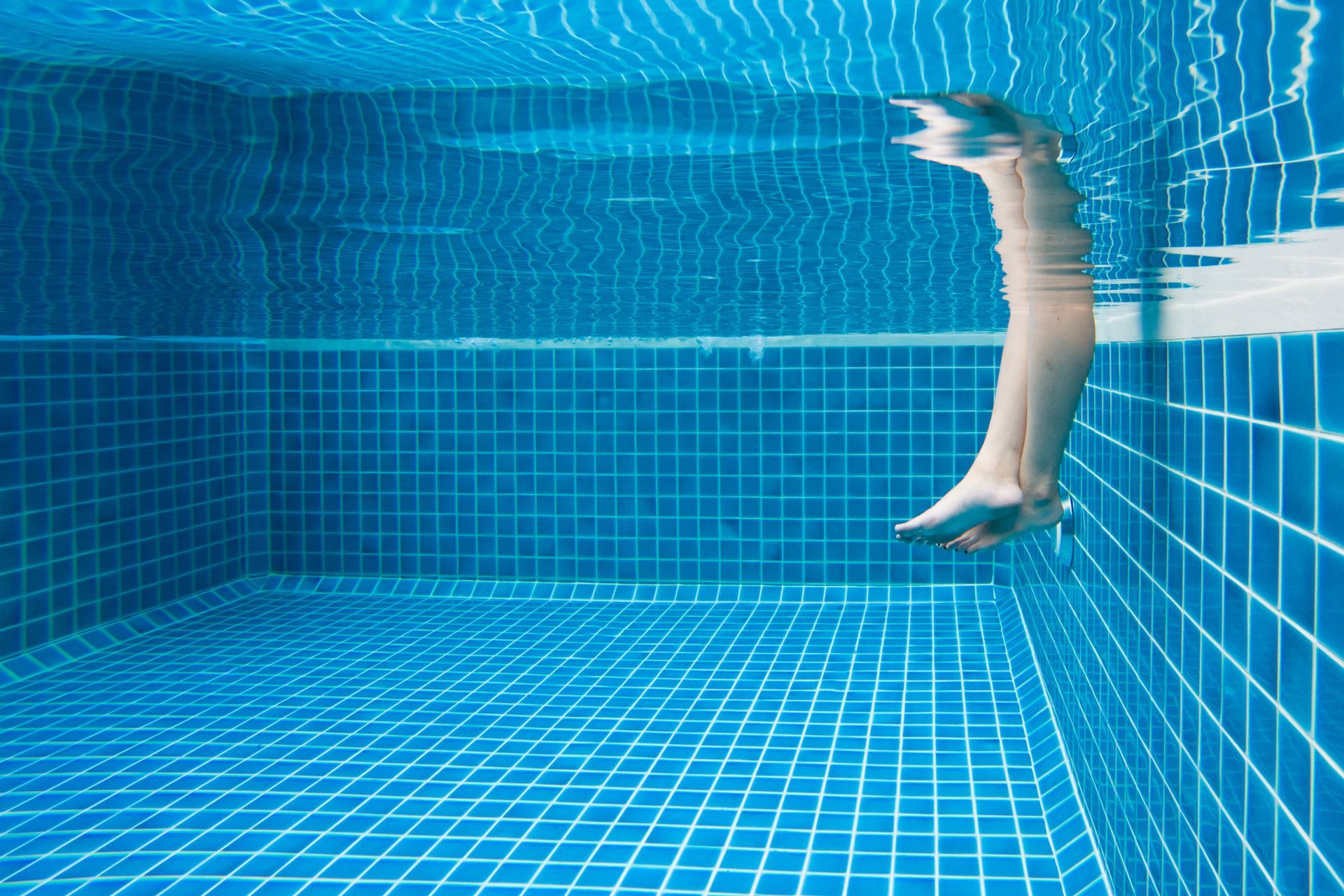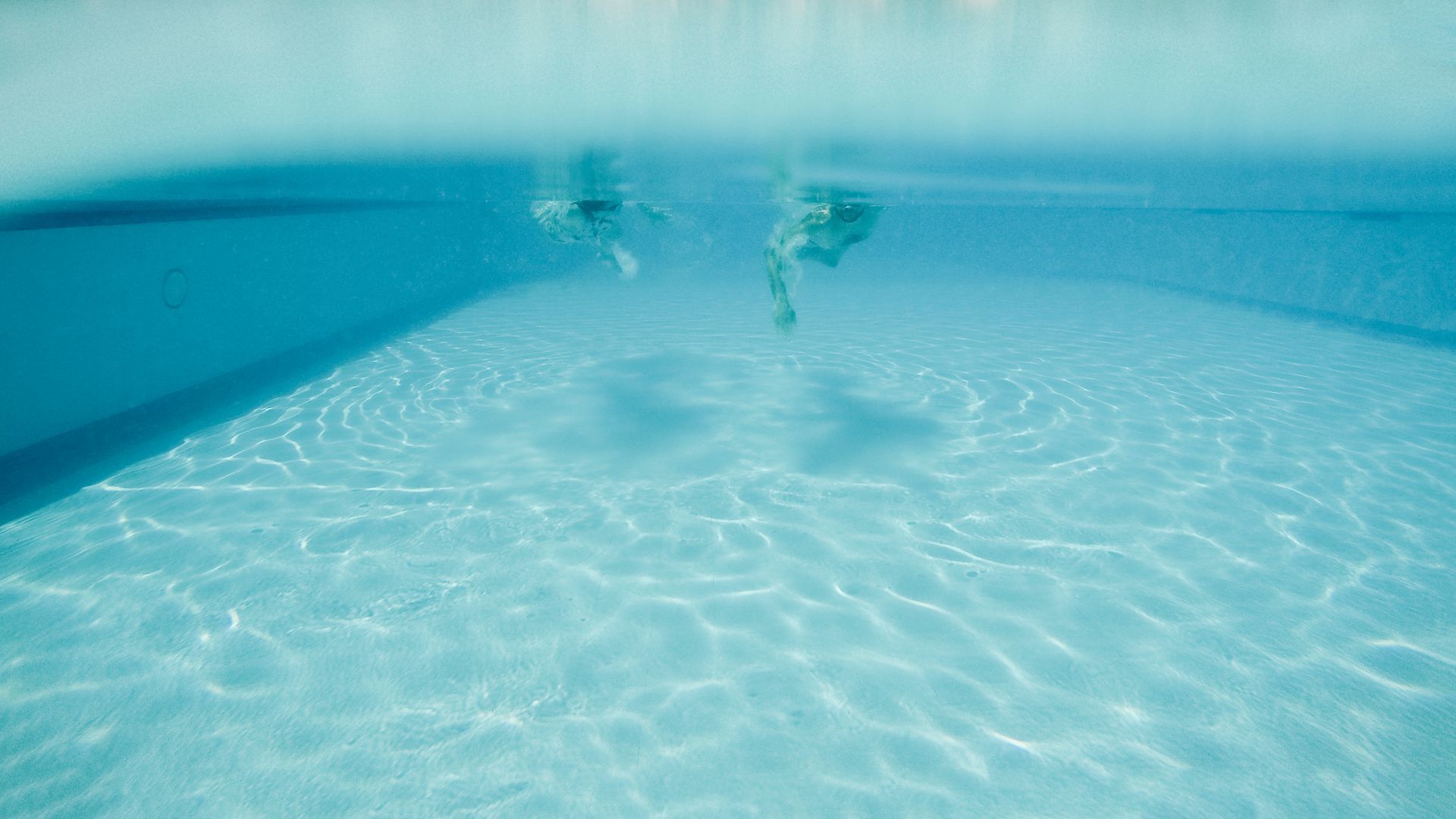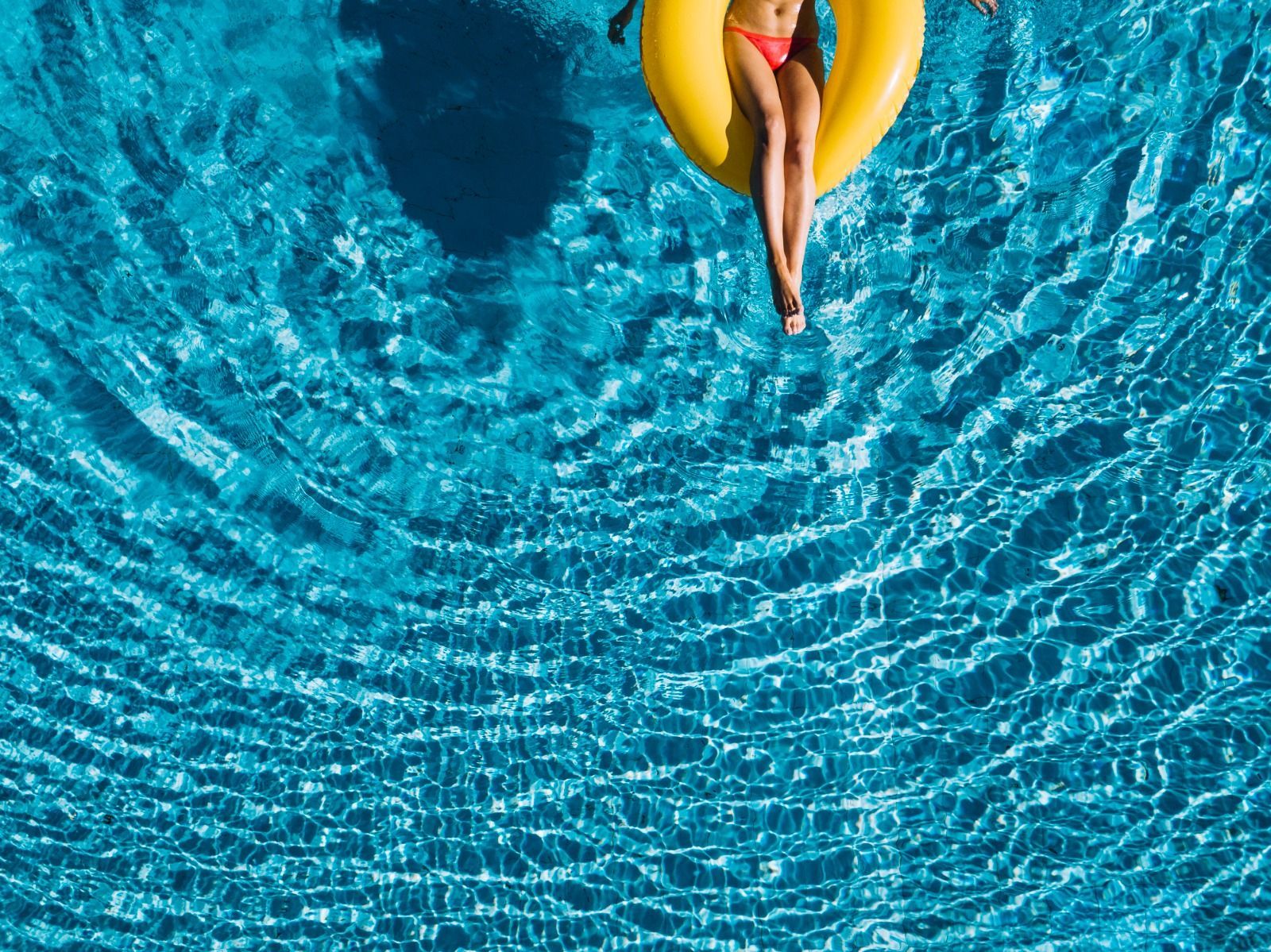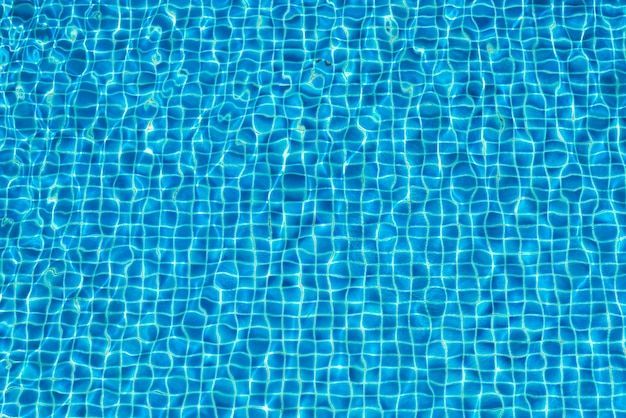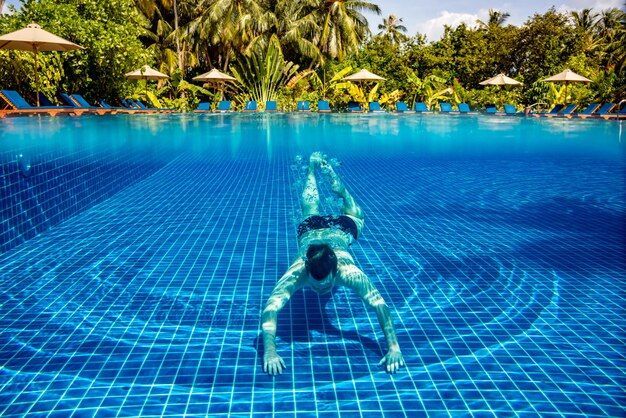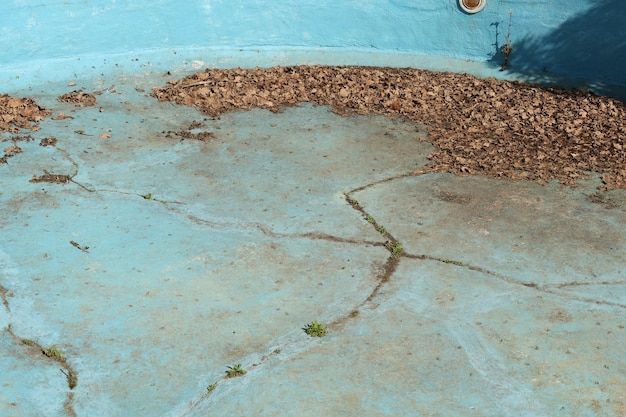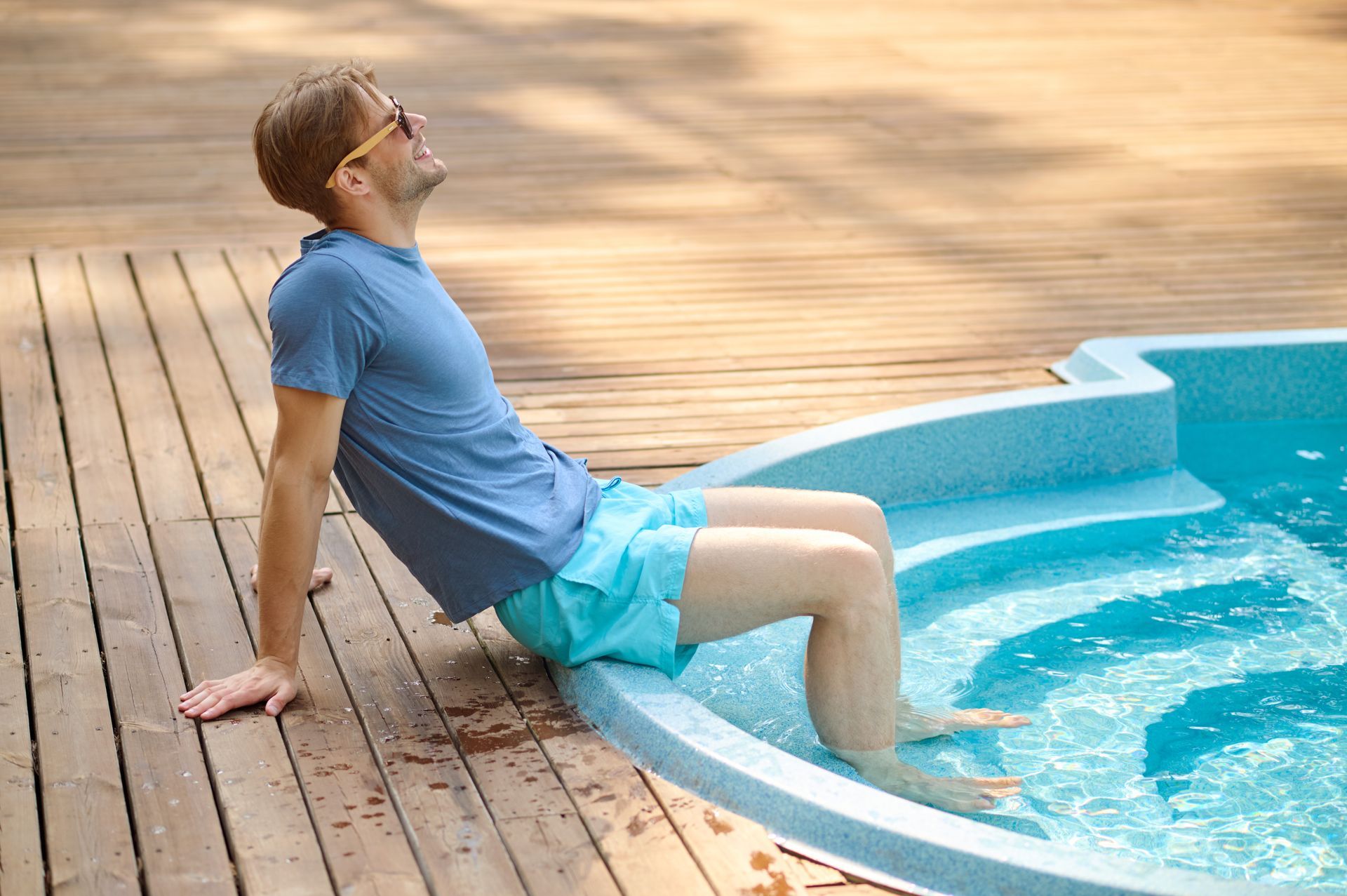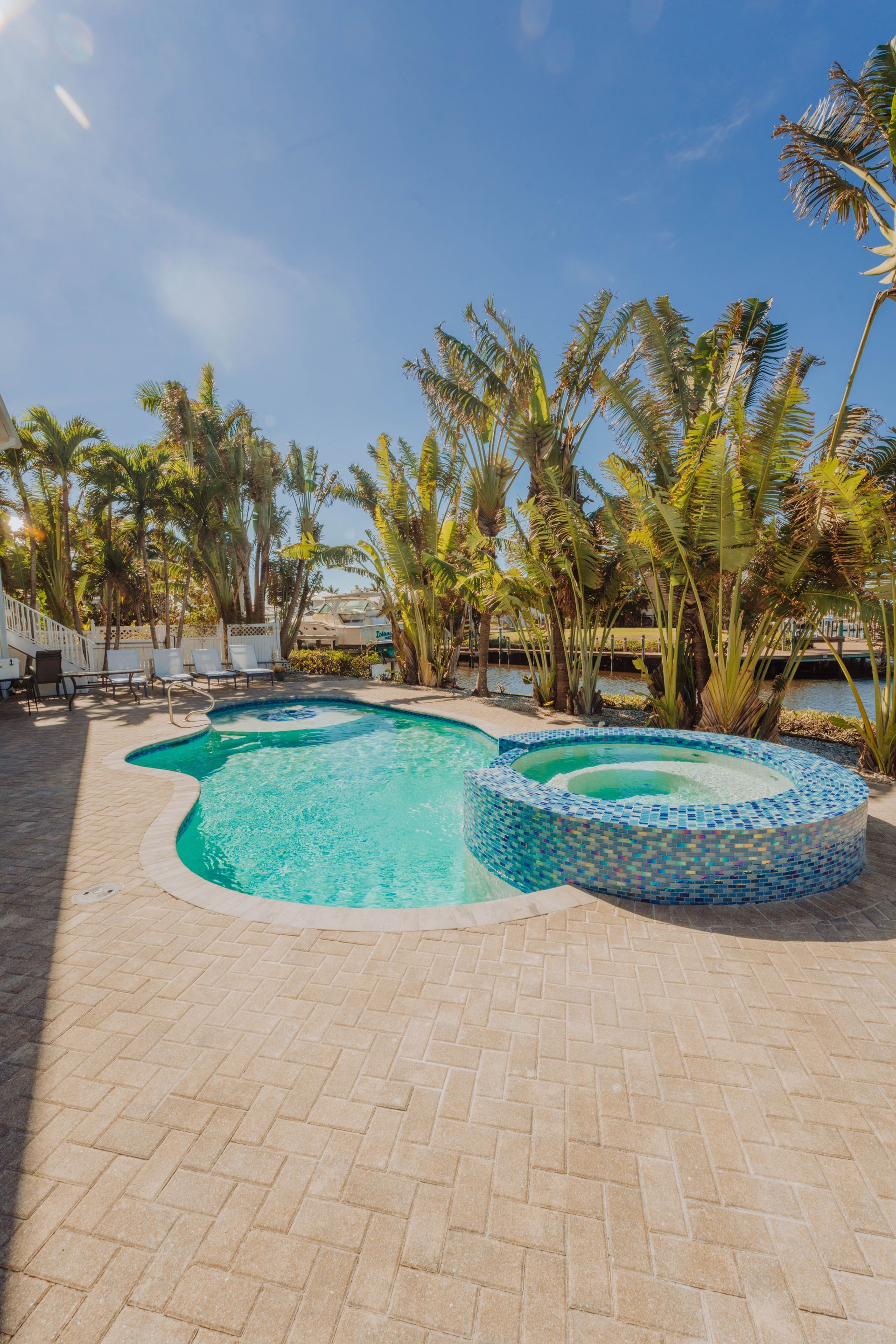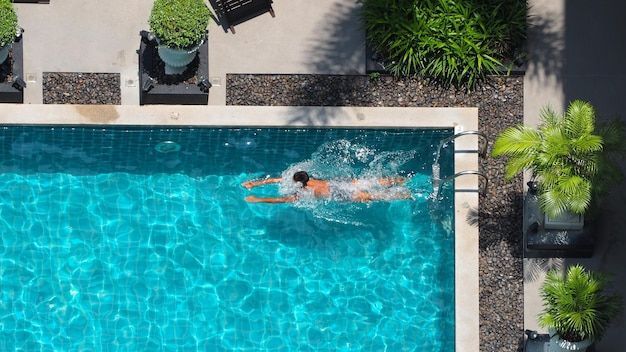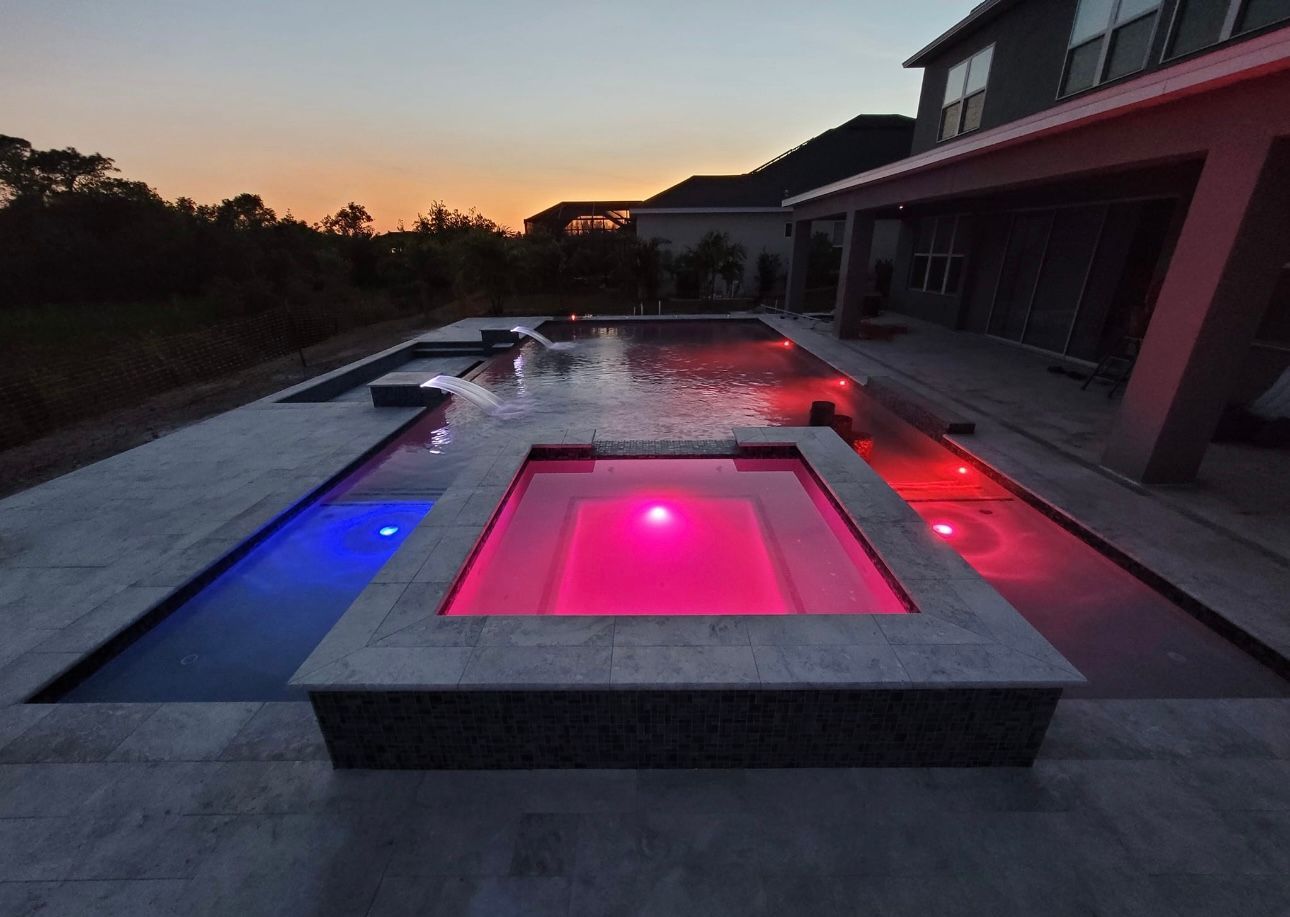A PARENT'S GUIDE FOR CHILD-PROOFING YOUR POOL AREA
As a pool owner, creating a safe environment for children is not just a responsibility, it's a necessity. This guide will help you transform your pool area into a secure place where safety and happiness go hand in hand.
Pool safety is paramount when it comes to protecting our little ones. Children are naturally drawn to water, but they often lack the judgment and skills to recognize potential dangers. A momentary lapse in supervision can lead to tragic consequences. By implementing pool safety measures, we can significantly reduce risks at our pools.
Key aspects of pool safety include:
- Creating physical barriers to prevent unsupervised access
- Implementing alarm systems
- Establishing and enforcing clear pool rules
- Ensuring proper supervision at all times
- Teaching children essential water safety skills
Statistics on Child Drowning Incidents
- According to the Centers for Disease Control and Prevention (CDC), drowning is the leading cause of unintentional death for children ages 1-4.
- The U.S. Consumer Product Safety Commission reports that about 300 children under the age of 5 drown in swimming pools each year.
- For every child who dies from drowning, another five receive emergency department care for nonfatal submersion injuries.
- 69% of children who drowned were not expected to be in or near the pool when the incident occurred.
- In most cases, one or both parents were supervising when the drowning occurred.
These statistics are a reminder that constant vigilance and multiple layers of protection are essential in preventing pool-related accidents. By understanding the risks and implementing safety measures, we can create a secure pool environment that allows children to enjoy the water.
Pool Barriers and Fencing
One of the most effective ways to child-proof your pool area is by installing proper barriers and fencing. These can be the first line of defense against unsupervised pool access. You can find different types of pool fences available, let's see some of them:
1. Mesh Fences:
- Removable and affordable
- Allows visibility through the fence
- Difficult for children to climb
2. Aluminum Fences:
- Durable and low-maintenance
- Provides a clear view of the pool
3. Glass Fences:
- Offers unobstructed views
- Modern and aesthetically pleasing
- Extremely difficult to climb
4. Wooden Fences:
- Can match existing landscaping
- Provides privacy
- Requires regular maintenance
5. Vinyl Fences:
- Low-maintenance and durable
- Resistant to moisture and insects
Our recommendation: Always check with your local building department for specific requirements in your area. Compliance not only ensures safety but also protects you from potential legal liabilities.
Childproof Gate Latches
A fence is only as secure as its gate. Childproof gate latches are essential for preventing children from accessing the pool area unsupervised. Key features to look for include:
- Self-Closing Mechanism to ensure the gate closes automatically after each use
- Self-Latching Design secures the gate upon closing without manual intervention
- High Latch Placement position the latch out of reach of young children (typically 54 inches or higher)
- Key-Lockable Options to provide an additional layer of security when the pool is not in use
- Magnetic Latches provides a strong closure and are resistant to weather-related issues
- Alarm Features so it sounds when the gate is opened
Pool Covers
Pool covers are an essential component. They not only prevent accidental falls into the water but also help maintain water quality and temperature. There are different types of covers:
Safety Covers:
- Designed to support the weight of a child or pet
- Meet ASTM International safety standards
- Typically made of sturdy mesh or solid material
- Anchored securely to the pool deck
- Provide a barrier against debris and sunlight
- More expensive but offer superior protection
Standard Covers:
- Primarily designed for debris protection and heat retention
- Do not provide safety against falls
- Often made of lightweight materials like vinyl or solar blankets
- Less expensive but offer minimal safety benefits
- Should never be considered a safety device
Automatic Covers:
- Operate with the push of a button
- Provide consistent coverage
- Easier to use, encouraging more frequent coverage
- Can be integrated with pool lighting and safety systems
- Higher initial cost
Manual Covers:
- Require physical effort to deploy and remove
- Less expensive than automatic covers
- May be more prone to improper installation if not carefully applied
Remember, a pool cover is only effective if it's used consistently and maintained properly. Make it a habit to cover the pool whenever it's not in use, especially if children are present in the home.
Pool Alarms
Pool alarms provide an additional safeguard by alerting you when unexpected access to the pool occurs. Understanding the different types of alarms and how they work can help you choose the best option for your pool.
Gate Alarms:
- Installed on the gate of your pool fence
- Sounds when the gate is opened
- Helps monitor access to the pool area
Surface Alarms:
- Float on the pool's surface or mount on the pool's edge
- Detect disturbances in the water's surface
- Ideal for detecting falls into the pool
Subsurface Alarms:
- Installed below the water's surface
- Use sonar technology to detect underwater movement
- Less prone to false alarms than surface alarms
Wearable Alarms:
- Worn as a wristband by children
- Alerts when the wristband becomes wet
- Provides personalized protection for each child
Perimeter Alarms:
- Use laser or infrared technology
- Create an invisible barrier around the pool
- Trigger when something breaks the beam
Supervision and Water Safety Rules
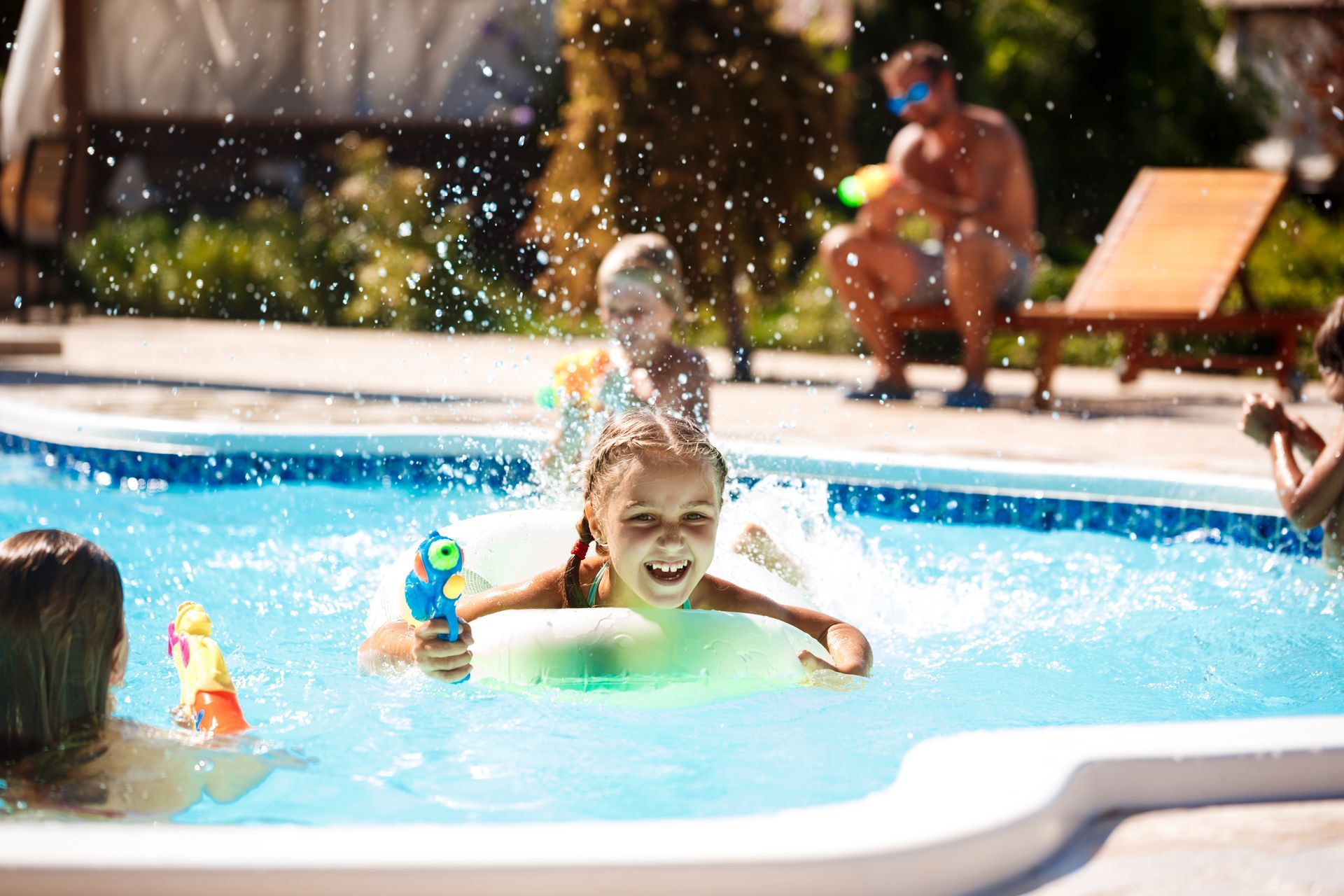
While physical barriers and alarms are crucial, nothing replaces active adult supervision and clear safety rules when it comes to protecting children around pools. Here are some safety tips:
1. Designate a Water Watcher: Assign a responsible adult to watch children in the pool area and rotate this role every 15-20 minutes to maintain alertness.
2. Maintain Proximity: Stay within arm's reach of young or inexperienced swimmers and be prepared to react quickly in case of an emergency.
3. Avoid Distractions: Put away mobile devices when supervising and avoid alcohol consumption when responsible for children in the pool area.
4. Learn CPR and First Aid: At least one supervising adult should be trained in CPR and first aid
Establishing and Enforcing Pool Rules
Create clear, age-appropriate rules and ensure all family members and guests understand and follow them. Some of the rules can be the following: Enforce a "no running" rule around the pool to prevent slips and falls. Clearly mark water depths and prohibit diving in shallow sections. Make it clear that children must always have adult supervision to enter the pool area. Prohibit pushing, dunking, or other rough play in and around the pool. Always use plastic containers to prevent broken glass hazards. Teach children how to use pool toys safely and store them properly when not in use
Teaching Children About Water Safety

To teach water safety to children it's crucial. Teach basic skills like floating and swimming to the edge, practice emergency procedures, and explain risks in an age-appropriate manner. Always encourage dialogue, allow children to ask questions and regularly review pool rules. Instill respect for water, emphasizing that it can be fun but also dangerous if not taken seriously.
Remember that water safety education is an ongoing process that should adapt as children grow. By combining vigilant supervision with clear rules and consistent education, you create a safer pool environment for children to enjoy.
Swimming Lessons and Water Skills
Swimming lessons and water survival skills are crucial components of pool safety for children. They not only build confidence but also provide essential skills that could save a child's life in an emergency situation. Regardless of age, all children should learn these essential water survival skills:
- Teach children to float on their backs to rest and breathe
- Teach children to keep their head above water by treading
- Teach children to swim a short distance, roll onto their back to rest, then continue swimming
- Practice swimming to the nearest wall and holding on
- Teach children to pull themselves out of the pool if possible
Safety Equipment
Having the right safety equipment available can make a crucial difference in preventing accidents and responding to emergencies. This is the essential safety gear every pool owner should have on hand: Life Jackets and Flotation Devices, Rescue Equipment and First Aid Kits and CPR Training.
Creating a safe pool environment goes beyond just supervision and safety equipment. It's crucial to manage the pool area to minimize attractions that might lure children when adults aren't present and to eliminate potential hazards. This is our recommendation: Store Pool Toys When Not in Use, Secure Pool Chemical Storage and Eliminate Slip Hazards Around the Pool Area.
Smart Technology for Pool Safety
In the digital age, smart technology offers innovative solutions to enhance pool safety. These advanced systems can provide extra protection and peace of mind for parents and pool owners.
Pool monitoring cameras and smart locks and sensors can contribute to a safer pool environment. Here are some of the devices you can consider if your budget allows: Smart pool gates, water level sensors, temperature sensors, chemical sensors , wearable safety devices like bracelets or necklaces that alert you if children become submerged, smart lighting that illuminates the pool area automatically when motion is detected.
Professional Safety Inspections
Professional safety inspections are a crucial component of maintaining a safe and secure swimming environment. These thorough examinations provide a comprehensive assessment of the pool's safety features, structural integrity, and compliance with current regulations. Here is a list of aspects to consider:
- Schedule a comprehensive safety inspection with a certified pool safety professional
- Address any issues identified in the inspection promptly
- Assess the integrity of pool barriers and gates
- Inspect drain covers and suction outlets for entrapment hazards
- Check electrical systems for proper grounding and GFCI protection
- Evaluate the effectiveness of safety equipment (alarms, covers, etc.)
- Review chemical storage and handling procedures
- Have a professional inspect and service major pool equipment annually
- Periodically have the pool structure inspected for any signs of deterioration
- Update your pool safety features as needed to remain compliant
While DIY maintenance is important, professional inspections provide an expert eye that can catch potential issues you might miss.
Pool Safety is an Ongoing Commitment
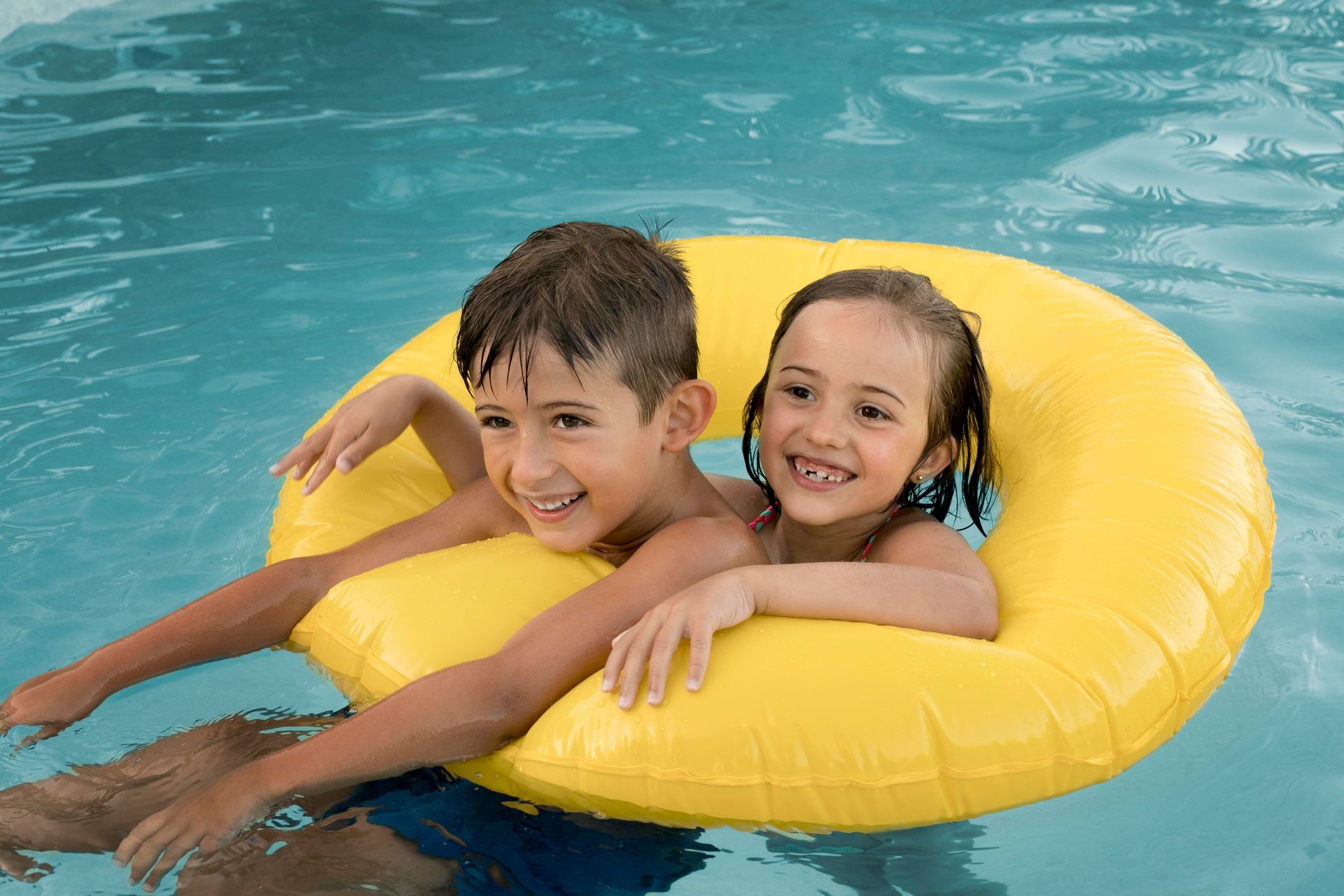
Creating a child-proof pool area is not a one-time task, it’s an ongoing commitment. Remember that no single safety measure is foolproof. A comprehensive pool safety strategy combines physical barriers, supervision, education, and technology. Each layer reinforces the others, creating a robust safety net.
Stay informed about new safety technologies and consider implementing those that can enhance your pool's security. However, remember that technology should supplement, not replace, active supervision.
Continuously educate family members, guests, and especially children about pool safety. Regularly review and reinforce safety rules and emergency procedures.
A safe pool is a fun pool. By making safety an integral part of your pool ownership, you're not just protecting your loved ones; you're enhancing everyone's enjoyment. Stay vigilant, stay informed, and most importantly, stay safe around the pool!
